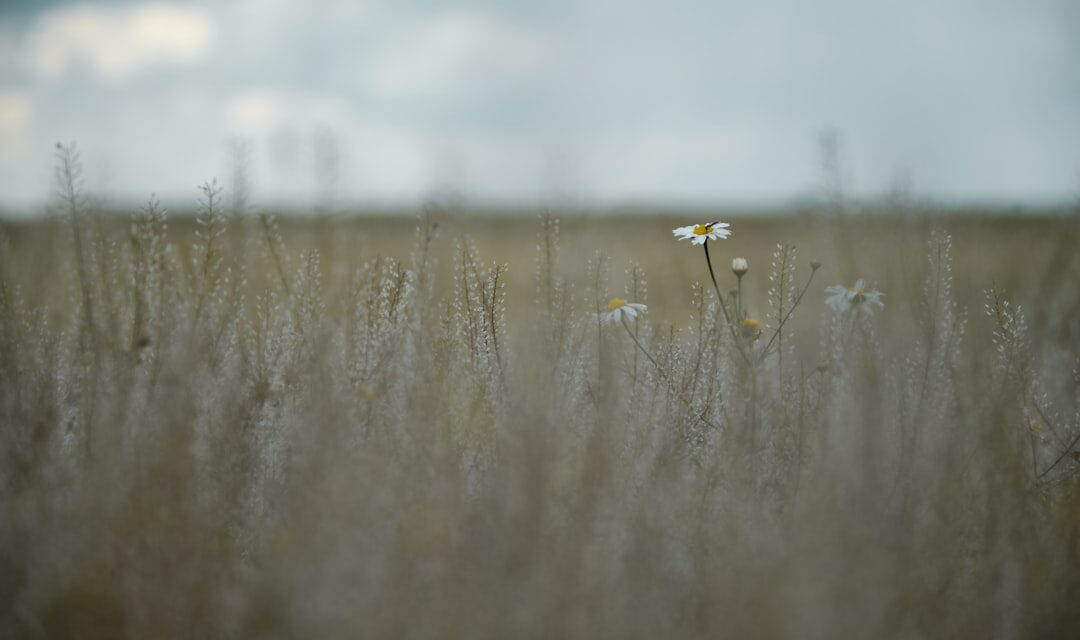The life of Bernard van Orley, a prominent figure in the tapestry and painting realms of the Northern Renaissance, began in Brussels around 1490. Born into a family of artists, he was the son of the painter and tapestry designer, Jan van Orley. This familial connection to the arts undoubtedly provided him with a rich environment that nurtured his creative inclinations from an early age.
The cultural milieu of Brussels during this period was vibrant, marked by the flourishing of the arts and the influence of the Burgundian court. It was here that van Orley would have been exposed to a variety of artistic styles and techniques, laying the groundwork for his future contributions to the art world. Van Orley’s formal education in the arts likely began in his father’s workshop, where he would have learned the fundamentals of painting and design.
However, it is believed that he also sought further training under the tutelage of prominent artists of his time. This pursuit of knowledge would have included studying the works of Italian masters, whose influence was beginning to permeate Northern Europe. The combination of his familial background and formal training equipped van Orley with a unique skill set that would later define his artistic career.
Summary
- Van Orley was born in Brussels in 1488 and received his early education in the city.
- He trained as a painter and designer in the workshop of Raphael in Rome, where he was influenced by Renaissance art.
- Van Orley’s style was characterised by intricate details, vibrant colours, and a focus on religious and mythological themes.
- He was known for his portraiture and received numerous commissions from the court, showcasing his skill in capturing the likeness of his subjects.
- Van Orley’s impact on tapestry design was significant, and he collaborated with other artists and workshops to create stunning tapestries.
Apprenticeship and Early Career
Following his formative years, van Orley embarked on an apprenticeship that would shape his artistic identity. He is thought to have trained in the workshop of a leading artist in Brussels, where he honed his skills in painting and tapestry design. This period was crucial for van Orley, as it allowed him to experiment with various techniques and styles while also learning the intricacies of composition and colour theory.
His early works reflect a blend of influences, showcasing both the Northern Gothic tradition and the emerging Renaissance ideals that were beginning to take root in the region. As van Orley transitioned into his early career, he quickly gained recognition for his talent. His first major commissions came from local churches and nobility, where he created altarpieces and decorative works that demonstrated his mastery of colour and form.
These early projects not only solidified his reputation as a skilled artist but also provided him with invaluable experience in working with patrons and understanding their artistic preferences. The success of these initial endeavours set the stage for van Orley’s later achievements, as he began to attract attention beyond Brussels.
The Influence of Renaissance Art
The Renaissance was a period marked by a renewed interest in classical antiquity, humanism, and naturalism, all of which significantly influenced van Orley’s artistic development. As he absorbed the principles of this movement, he began to incorporate elements such as perspective, anatomical accuracy, and a focus on human emotion into his work. The impact of Italian masters like Raphael and Michelangelo can be seen in van Orley’s compositions, which often feature dynamic figures and intricate narratives that engage viewers on multiple levels.
Moreover, van Orley’s exposure to Renaissance art extended beyond mere imitation; he actively sought to adapt these ideas to suit the tastes and sensibilities of his Northern European audience. This synthesis of styles resulted in a distinctive approach that combined the meticulous detail characteristic of Northern art with the grandeur and idealism of Renaissance aesthetics. As a result, van Orley became a pivotal figure in bridging these two artistic traditions, paving the way for future generations of artists who would continue to explore this dialogue.
Van Orley’s Style and Techniques
Van Orley’s artistic style is characterised by its vibrant colour palette, intricate detail, and a keen sense of composition. His works often feature rich textiles and elaborate patterns, reflecting his background in tapestry design. This attention to detail not only showcases his technical prowess but also enhances the overall narrative quality of his paintings.
Van Orley’s ability to create depth through layering and shading further distinguishes his work, allowing him to achieve a sense of realism that captivates viewers. In terms of technique, van Orley employed a variety of methods that were innovative for his time. He was known for his use of oil paints, which allowed for greater flexibility and richness in colour compared to traditional tempera.
This medium enabled him to achieve subtle gradations of tone and texture, lending a lifelike quality to his subjects. Additionally, van Orley often experimented with different brushwork techniques, creating dynamic surfaces that added to the visual interest of his compositions. His mastery of these techniques not only set him apart from his contemporaries but also contributed to the evolution of painting in Northern Europe.
Religious and Mythological Themes in Van Orley’s Work
A significant aspect of van Orley’s oeuvre is his exploration of religious and mythological themes. Many of his works are imbued with spiritual significance, reflecting the deeply held beliefs of the society in which he lived. His altarpieces often depict biblical narratives with a dramatic intensity that draws viewers into the sacred stories being portrayed.
Van Orley’s ability to convey emotion through facial expressions and gestures adds depth to these religious scenes, making them resonate with audiences on a personal level. In addition to religious subjects, van Orley also delved into mythological themes, drawing inspiration from classical literature and ancient mythology. These works often feature allegorical figures that embody virtues or vices, allowing for a rich exploration of human experience.
By intertwining these themes with contemporary issues and moral lessons, van Orley created art that was not only visually stunning but also intellectually engaging. This duality in subject matter reflects the complexity of his artistic vision and underscores his role as a storyteller through paint.
Portraiture and Court Commissions
As van Orley’s career progressed, he became increasingly sought after for portrait commissions by members of the nobility and royal courts. His ability to capture likenesses with remarkable accuracy made him a preferred choice for those wishing to immortalise their image in paint.
Court commissions provided van Orley with opportunities to showcase his skills on a grand scale. He created elaborate portraits for influential figures such as Margaret of Austria and Charles V, which not only elevated his status as an artist but also solidified his connections within elite circles. These works often served as political statements, reinforcing the power dynamics at play within the court while simultaneously highlighting van Orley’s technical prowess.
Through these commissions, van Orley established himself as a leading portraitist of his time, leaving an indelible mark on the genre.
Van Orley’s Impact on Tapestry Design
In addition to painting, van Orley made significant contributions to tapestry design, an art form that was highly regarded during the Renaissance. His background in this medium informed much of his artistic practice, as he often created designs that were later woven into tapestries by skilled artisans. Van Orley’s tapestries are notable for their intricate narratives and vibrant colours, which reflect both his artistic vision and the technical capabilities of contemporary weavers.
The impact of van Orley’s work in tapestry design can be seen in the way he approached composition and storytelling. He understood how to create dynamic scenes that would translate well into woven form while maintaining visual coherence across large-scale pieces. His designs often incorporated elements from both religious and secular themes, appealing to a wide range of patrons.
As a result, van Orley played a crucial role in elevating tapestry design as an art form, influencing subsequent generations of artists who sought to explore this medium.
Collaborations with Other Artists and Workshops
Throughout his career, van Orley engaged in collaborations with other artists and workshops, further enriching his artistic practice. These partnerships allowed him to exchange ideas and techniques with fellow creatives while also expanding his reach within the art community. Collaborating with skilled craftsmen in tapestry production enabled van Orley to realise his ambitious designs while ensuring that they were executed with precision.
One notable collaboration was with the Brussels tapestry workshop established by Philip II of Spain. Here, van Orley’s designs were transformed into exquisite tapestries that adorned royal palaces across Europe. This partnership not only showcased van Orley’s versatility as an artist but also solidified his reputation as a leading figure in both painting and tapestry design.
Through these collaborations, van Orley contributed to a vibrant artistic ecosystem that fostered innovation and creativity.
Van Orley’s Legacy and Influence on Later Artists
Van Orley’s influence extended far beyond his lifetime, leaving an indelible mark on subsequent generations of artists.
Artists such as Peter Paul Rubens drew upon van Orley’s techniques while developing their own distinctive styles, demonstrating the lasting impact of his work on the Baroque movement.
Moreover, van Orley’s contributions to tapestry design set a precedent for future artists who sought to explore this medium further. His ability to blend narrative complexity with technical skill paved the way for later designers who aimed to push the boundaries of what tapestries could achieve artistically. As such, van Orley’s legacy is one that continues to resonate within both painting and textile arts.
The Rediscovery of Van Orley’s Work in the 19th and 20th Centuries
Despite his significant contributions during the Renaissance, van Orley’s work fell into relative obscurity following his death in 1542. It was not until the 19th century that scholars began to rediscover his oeuvre, recognising its importance within the broader context of art history. This renewed interest coincided with a growing appreciation for Northern Renaissance art as collectors sought out works that exemplified this rich tradition.
The 20th century saw further exploration into van Orley’s life and work as art historians delved into archival materials and examined existing pieces more closely. Exhibitions dedicated to Northern Renaissance artists often included van Orley’s works alongside those of more widely known contemporaries, helping to elevate his status within academic circles. This rediscovery has led to a resurgence of interest in van Orley’s contributions, prompting new generations to engage with his art.
Exhibitions and Collections of Van Orley’s Art
Today, van Orley’s works can be found in prestigious collections around the world, including major museums such as the Louvre in Paris and The Metropolitan Museum of Art in New York City. These institutions house significant examples of both his paintings and tapestry designs, allowing visitors to appreciate the breadth of his artistic achievements firsthand. Special exhibitions dedicated to Northern Renaissance art frequently feature van Orley’s work as a testament to its enduring relevance.
In addition to museum collections, private collectors have also sought out van Orley’s pieces, recognising their historical significance and aesthetic appeal. The ongoing scholarship surrounding his life has led to increased visibility for his work within contemporary art discourse. As exhibitions continue to celebrate Northern Renaissance artists like van Orley, it is clear that his legacy remains vital within the canon of art history—a testament to an artist whose vision transcended time and continues to inspire today’s audiences.
For more information on the world of art and creativity, check out this insightful article on global murals and iconic street art cities. This article explores the vibrant and diverse world of street art, showcasing some of the most iconic murals from around the world. It provides inspiration for artists looking to explore new mediums and styles, and offers a fresh perspective on the power of public art.


